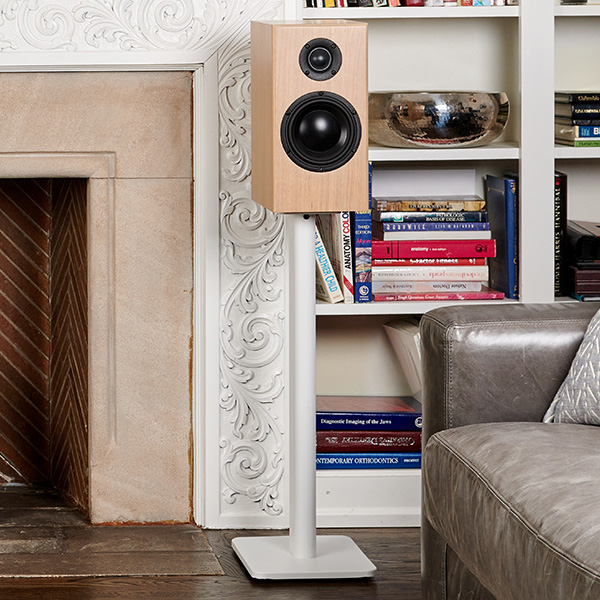
In the realm of high-fidelity audio, every component in the signal chain plays a critical role in shaping the final sound output. Among these, the digital-to-analog converter (DAC) is one of the most essential yet often overlooked components. Whether you’re streaming music from a digital source, playing high-resolution audio files, or building a full-blown high-end audio system, a DAC is responsible for converting digital signals into analog sound waves that your speakers can reproduce. In this article, we will explore what a DAC does, why it matters, and how it can impact your listening experience.
A digital-to-analog converter (DAC) is an electronic device that translates digital audio data into an analog signal that can be amplified and played through loudspeakers or headphones. Most modern audio sources—such as streaming devices, digital music players, computers, smartphones, and CD players—store and transmit sound in a digital format. However, speakers and headphones operate on analog signals. A DAC bridges this gap, ensuring that digital audio is accurately converted to a form that can be heard by your ears.
A DAC performs the following key functions:
Many audio devices already have built-in DACs, but their quality varies greatly. Upgrading to a high-end DAC can significantly improve the overall sound of your system. Here’s why:
High-resolution music files contain more detail than compressed audio formats, and a high-quality DAC ensures that you hear every nuance. A good DAC enhances clarity, instrument separation, depth, and soundstage, making your listening experience more immersive.
Cheaper, integrated DACs found in laptops, smartphones, and budget audio devices often introduce noise, distortion, or harshness to the sound. An external DAC helps eliminate these imperfections, resulting in cleaner, more natural audio.
When paired with high-fidelity speakers, a superior DAC ensures that the speakers receive a pure, well-defined analog signal, unlocking their full potential in delivering audiophile-grade performance.
A high-end DAC increases the dynamic range, which means louder sounds remain powerful while quieter details are preserved, adding depth and realism to your music.
Many audio sources, including smartphones, laptops, integrated amplifiers and AV receivers, have built-in DACs. However, these are often designed for general use rather than high-fidelity playback. They may lack high-quality components and suffer from electronic interference.
Audiophiles and music enthusiasts often prefer external DACs because they are built specifically for sound quality. Benefits of using an external DAC include:
Selecting the right DAC depends on your source devices, preferred audio formats, and overall system setup. Here are some key factors to consider:
For audiophiles and music lovers, a high-quality DAC is definitely a worthwhile investment. It can elevate the overall performance of your audio system by ensuring a clean, detailed, and lifelike sound reproduction. When combined with high-end loudspeakers, a premium DAC enhances musical fidelity and creates an immersive listening experience.
If you enjoyed this article and want to learn more about optimizing your audio system, check out more insightful content in our News + Reviews section. Happy listening!
Share this article with your friends!


Get the latest info on new products, events, contests and more!

